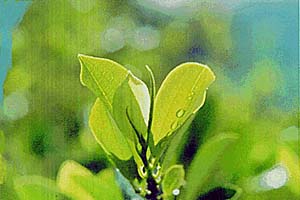
Cocaine
is an alkaloid. “Alkaloids (plant bases) occur characteristically in plants
and are frequently distinguished by their remarkable physiological activity”1.
Alkaloids are the most diverse range of secondary metabolites.
There are over 5000 compounds known from simple coprine
from hemlock, to neurotoxin
batrachotoxin from the skin of a Colombian frog and the complex
alkaloid physostigmine
that was used in trials of Ordeal in West Africa.
“A feeling of
well being, confidence, energy and omnipotence, and the usually misguided idea
that you have a lot of interesting things to say about everything.
It also reduces the desire for sleep and food”.
Lows
“Having a lot to
say about everything which other people may not want to hear.
It can be mentally and physically addictive.
Frequent use can produce exhaustion, nervousness, convulsions,
hypothermia, excitability, weight loss and the collapse of the nasal passage.”
AKA
“Coke, Charlie, Bolivian marching powder, charge”.
Price
“£50 to £80
per gramme.”
Legal
position: Class A
The
misuse of drugs act 1971 Class A Possession: six months plus £5000 fine, up to
seven years and unlimited fine.
 |
“Chiefly Colombia, where business is so good that the Medellin cartel once offered to pay off the country’s national debt” 3. |
|
The coca plant, Erythroxylon coca
|
 |